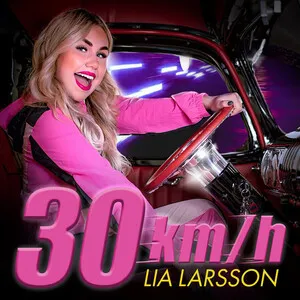Epadunk is a recent Indonesian internet-born club-edit style that blends local party-remix culture with mainstream EDM power. Producers take viral pop, dangdut, and regional hits and rework them with a boomy "dunk" kick, dense sub-bass, bright supersaw or bell-like leads, and highly compressed, phone-friendly mastering.
Rhythmically, it often rides a dembow- or moombahton-adjacent groove in the 98–112 BPM range, but it borrows the dramatic builds and drops of big-room/electro house. Typical drops feature snare rolls, risers, airhorns/sirens, and chopped vocal hooks aimed squarely at short-form video platforms and crowded dance floors.
Sonically, epadunk emphasizes immediacy: short intros, early drops, and aggressive low end for Bluetooth speakers and car systems. It carries the melodic flair of dangdut/koplo hooks while keeping the arrangement language of EDM.
Epadunk emerged from Indonesia’s long-running DJ remix ecosystem—home to funkot/breakbeat kota, koplo remixes, and countless local party edits. As dembow/moombahton grooves and big-room/electro house aesthetics spread online, Indonesian net-producers began mashing these templates with dangdut/koplo melodies and very heavy, boomy "dunk" kicks—hence the nickname.
Short-form video platforms and YouTube compilation culture in the early 2020s gave epadunk immediate lift. Tracks are engineered to hit quickly: 4–8‑bar intros, early drops, and vocal chops that double as memeable moments. DJs and channels specialized in "full bass" remixes geared for phones, motorcycles, and car audio scenes, helping the sound circulate across Southeast Asia and diaspora communities.
By the mid‑2020s, epadunk conventions were clear: ~100–110 BPM, dembow-leaning percussion with EDM buildups, supersaw/mallet leads playing pentatonic or simple diatonic hooks, and clipped, very loud masters. The style frequently reworks regional hits (dangdut, koplo, Indonesian and pan-Asian pop) into dance-floor drops without abandoning the melodic DNA of the source.
Epadunk remains a fluid, producer-driven microgenre—more a scene practice than a formal industry category. It coexists with koplo, funkot, vinahouse-adjacent edits, and global moombahton/dembow, continuing to evolve through new sample packs, DJ channels, and platform-fed trends.



